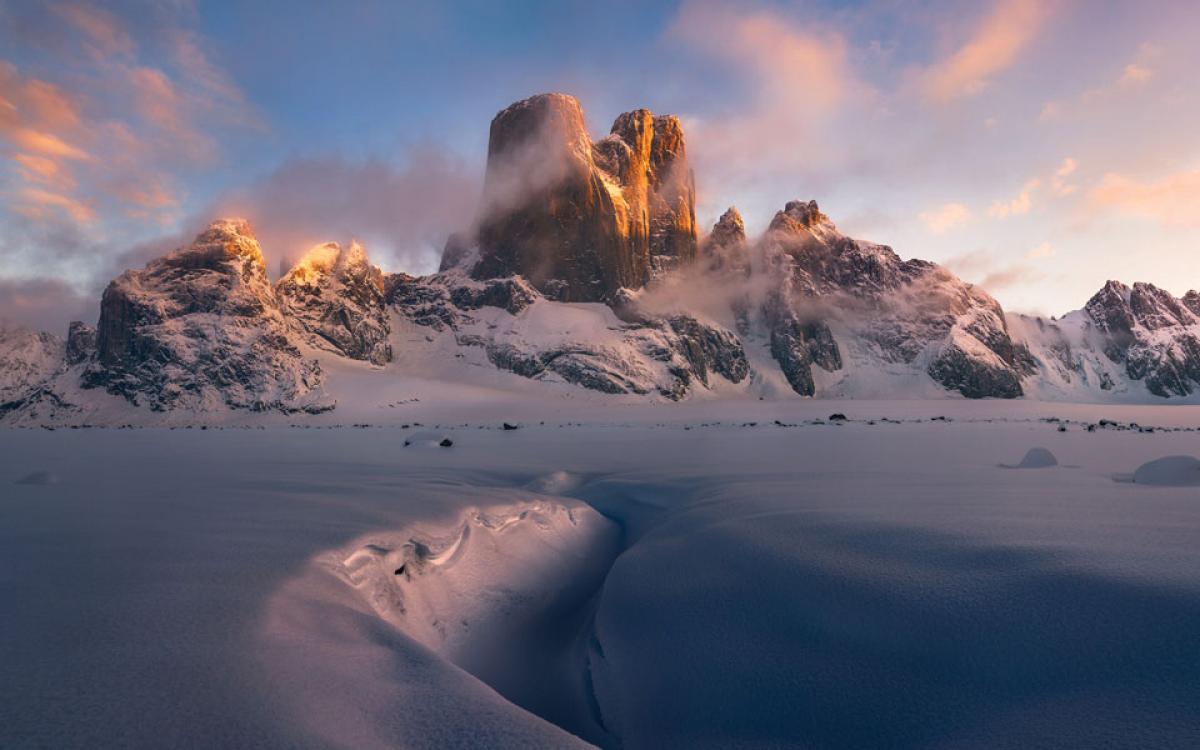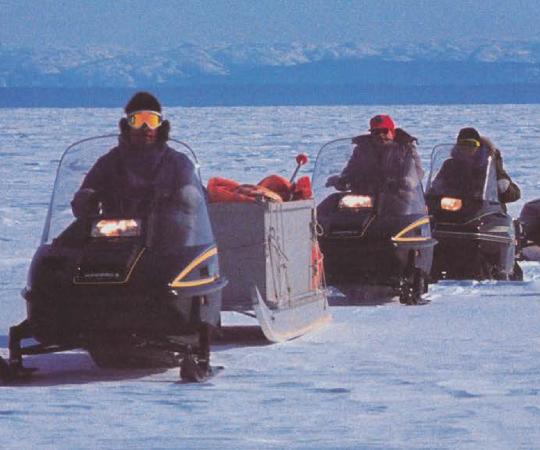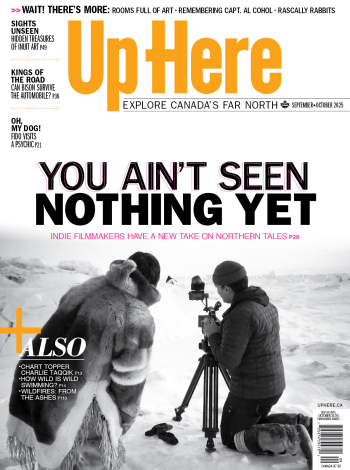Meta Incognita—“the unknown limits”—was the name Queen Elizabeth I gave to the land on southern Baffin Island that Martin Frobisher claimed for Britain in 1577. Yet even today, that name still seems oddly appropriate. When bored students or big-city politicians gaze at the entirety of the Arctic archipelago on the map, they believe it empty, lifeless. It is largely unknown, a muse to the dreamer, fodder for the imagination. But the Arctic is teeming with wonders—from its unique geological formations, to its pristine ecosystems and its unrivaled position as the summer migratory destination of choice for the feathered and the finned. Here are just seven of the magical sites to see in Canada’s High Arctic.
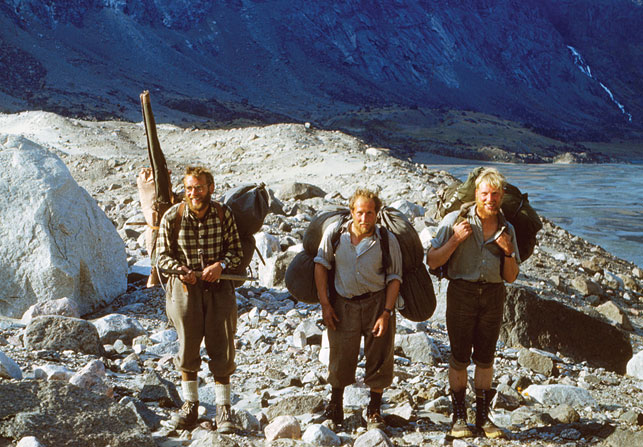
MOUNT ASGARD
Auyuittuq National Park
One of the many dramatic peaks in the Baffin Mountain Range, Mount Asgard (or Sivanitirutinguak in Inuktitut) rises to 2,105 metres in elevation and is distinguished by its saddle-shaped twin peaks. The first person to climb the granite mountain to the top did so in 1953. The first to jump off of it did so in 1976—don’t worry, he had a parachute.
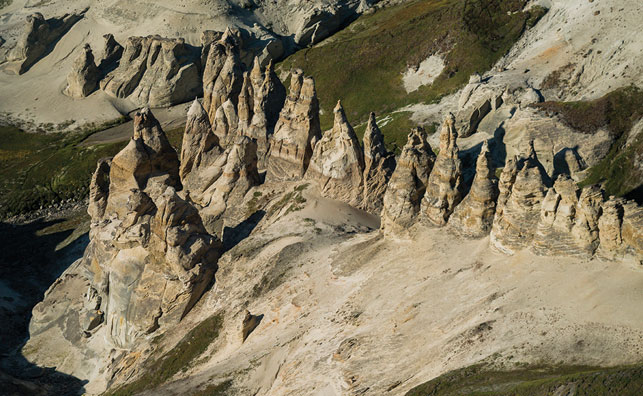
HOODOOS
Sirmilik National Park
To see the intricate and ornate results of millions of years of erosion, head to the Borden Peninsula on northern Baffin Island and to Bylot Island, to marvel at the groups of hoodoos. Some look almost doll-like, others are jagged like spires that twirl toward the sky. Either way, the scene is otherworldly.

Haughton Crater
Devon Island
About 39 million years ago, an object 2-km across slammed into Devon Island, creating the 23-km-wide Haughton Impact Crater. With scant vegetation, it’s been called the closest thing to Mars on Earth. (There’s even a mini-Mars industry there; space agencies test equipment and processes.) Unless the human appetite for space-travel grows, it is probably the closest you’ll get to Mars too.

Beluga Nursery
Cunningham Inlet
Thousands of beluga whales make the trip to Cunningham Inlet, at the northern edge of Somerset Island, to spend July and early-August shedding their skin, mating and nurturing their young. At Arctic Watch Lodge, just a 15-minute walk from the water, you can get within feet of the whales. And on a quiet day, you might even get to hear the whales playing from
the lodge.
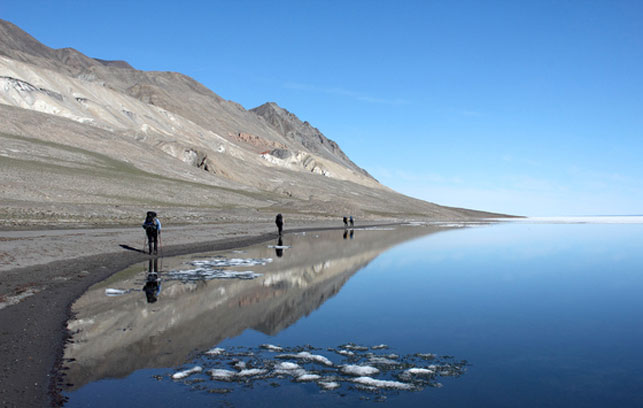
Lake Hazen
Ellesmere Island
The largest freshwater lake completely above the Arctic Circle, Lake Hazen’s glacier-fed waters are home to Arctic char—the only fish species found there. Though ice-covered for much of the year, at more than 70-kilometres long and 260-metres deep in spots it creates what is called a thermal oasis in this polar desert region, encouraging more plant life in the area than is typically found at such a northern latitude.
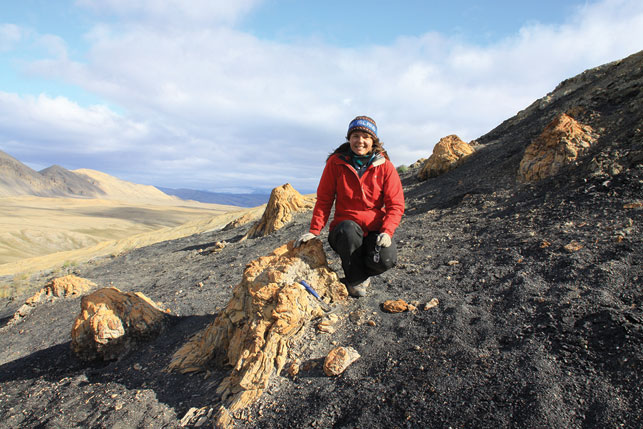
Fossil Forest
Ellesmere/Axel Heiberg
In the spring of 1883, three men from Adolphus Greely’s expedition were stumped when they came across a nine-inch thick, petrified tree stump nearly two thousand kilometres north of the treeline. To them, it must have seemed unfathomable. Yet fossil forests—dating back 40 to 50 million years—exist at Strathcona Fiord and on Axel Heiberg Island, reminding us of a time when today’s High Arctic wasn’t so cold.
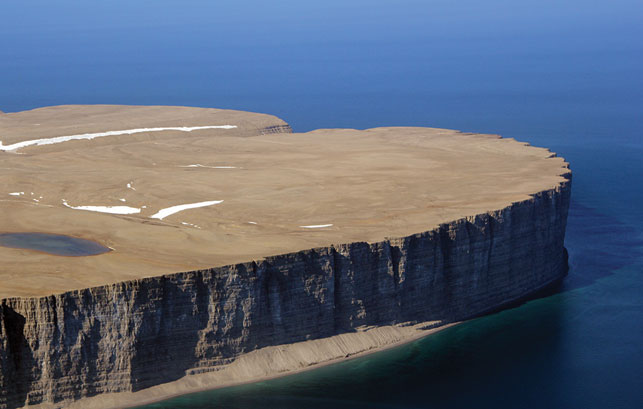
Prince Leopold Island
Lancaster Sound
This uninhabited 14-kilometre long slab of rock jutting out of Lancaster Sound is overtaken by migratory birds each summer. Its sheer cliffs tower more than 250-metres high, taller than any skyscraper in Vancouver, straight out of the ocean. It’s an example of the stark contrasts that abound throughout the Arctic Archipelago—an island defined by its dramatic features, while also appearing almost featureless.

